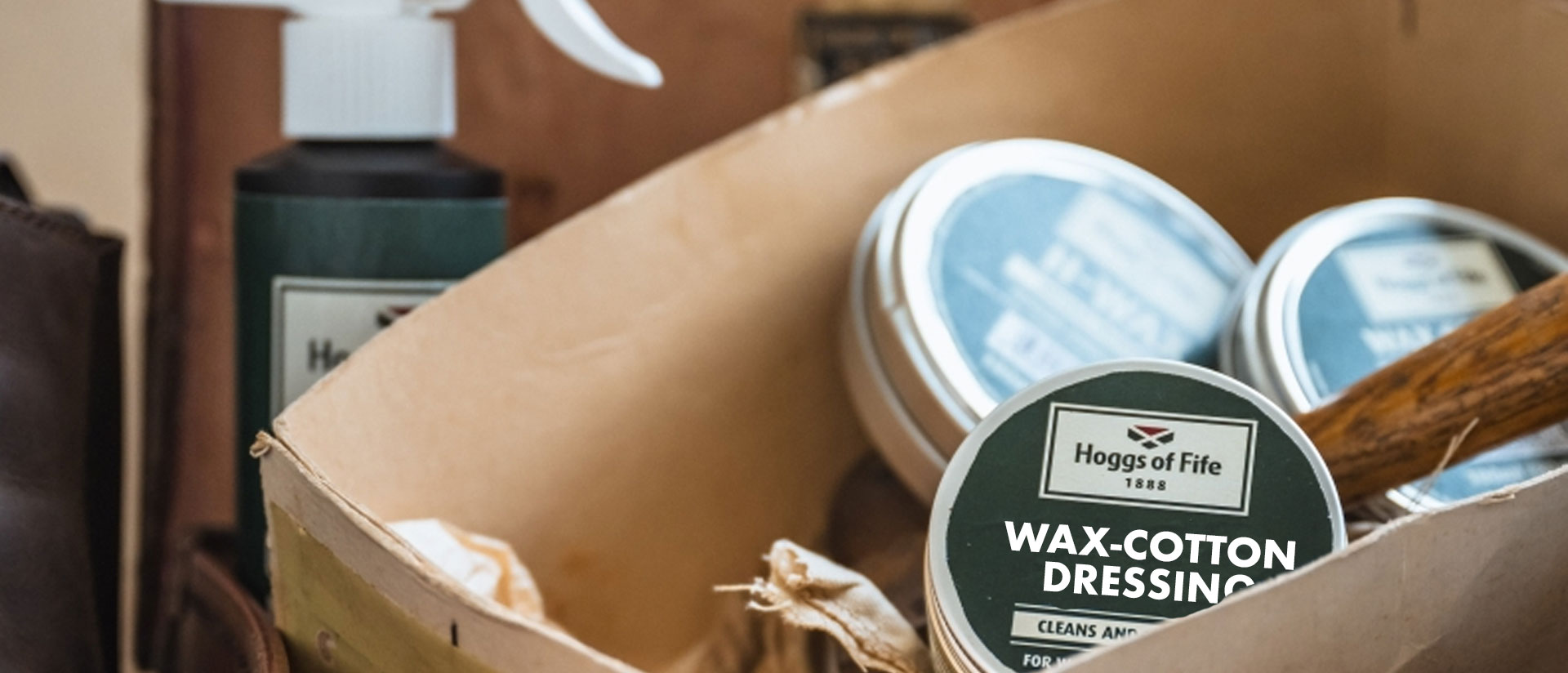Filter by Topic:
Posted by Bethan Bithell on Apr 22, 2015
You may find that a certain lacing technique used can help to alleviate many foot problems you may be experiencing. These methods may also help to reduce certain irritations and discomforts.
There are many foot/feet problems associated with inappropriate or ill-fitting footwear. Some of these are listed below:
- aching feet due to the thinning of the ‘fat padding’ on the base of the foot
- athlete’s foot associated with microscopic fungi that thrive in warm, moist locations
- blisters forming as a result of ‘rubbing’
- corn and calluses also forming when ‘rubbing’ occurs
So, wearing the right size and style of walking boot or shoe is very important to help reduce these foot problems and many others.
For guidance, to make sure you have the right size and fit, please read our ‘ Get the right boot fitting when trying boots at home‘ information guide.
This guide offers a brief overview of the traditional and alternative lacing technique, highlighting THREEkey problems that walkers and hikers often experience, along with suggested lacing methods to help alleviate these problems.
REMEMBER – when trying out the lacing techniques below, make sure you are wearing a suitable pair of walking socks!
Traditional Lacing Technique
When you buy in store or online, 9 times out of 10, the boots will already be ‘tied up,’ using the traditional criss-cross lacing technique. This technique may be suitable for your feet, or it may indeed cause some problems. This traditional ‘look’ is simple to lace and is comfortable, as it offers continuous tension across the boot or shoe. (see image below)

However, everyone is different and you may find that this lacing method does not offer you the comfort and/or support you need. Below are some alternative methods to consider:
1. Issue: High Instep
If you experience discomfort at the top of your foot or you experience ‘pins and needles’ on the instep, then the way the boot is laced up is probably adding pressure to your foot.
Some walkers will get blisters at the top of their feet because the tongue of the boot is pressing against the foot. The “ Gap Lacing” technique allows more freedom, whilst relieving pressure and still offering great support. Please examine the video at the end of this article.
2. Issue: Narrow heel, heel blisters and shallow instep
The ‘ Heel Lock‘ technique should be used if you experience blisters on your heel, or if you have a ‘narrow’ heel. This technique will minimise or even stop movement within the heel area, reducing the likelihood of blisters. Remember that blisters occur when the heel ‘lifts up’ and then rubs against the inside of your boot. By using this locking technique, the heel will be ‘locked’ down in place.
A key point to remember when using this technique is to pull the laces towards the toe area to tighten up the laces before tying off.
You can also use this technique if you have a shallow instep. Rather than tying the extra knot at the top, use the locking system midway up the boot. This is also useful if you want tight lacing in the lower part of the boot and a looser lacing on the ankle. For more detail, please take a look at the video at the end of this article.
3. Issue: Ankle Restriction
When ‘breaking in’ a new pair of boots, sometimes the ankle area can be quite restrictive and stiff. There is a simple lacing technique that will help to relieve this.
Basically, use the “ Traditional Lacing” technique, up until you reach the last two set of eyelets. You should then miss the second from last eyelet and continue up to the last eyelet and then cross over as normal. Come back down to the missed eyelet and tie off as normal. This technique removes the tightness around the top of your ankle, by moving the knot to the second from last eyelet. For more detail of this technique, please take a look at the video below.
If your boot is reluctant to ‘bend’ across the bridge of the foot, the result is additional pressure. Do consider re-threading the laces, so that they do not cross over at this point.
Related Article:

